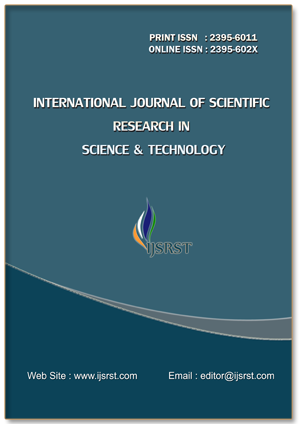Rural Transport Planning in the Modern Era: Issues, Challenges and Future Directions
Keywords:
Rural Transport, Mobility, Infrastructure, Accessibility, Sustainable DevelopmentAbstract
Rural transport plays a pivotal role in enhancing mobility, accessibility, and socio-economic development for populations residing outside urban centers. Despite global technological progress, rural areas continue to face infrastructural, financial, and policy-related constraints that impede efficient transportation systems. This study critically explores the contemporary nature of rural transport, highlighting its evolution from traditional, community-based systems to more mechanized and sustainable models. It emphasizes the significance of rural transport in ensuring equitable access to markets, healthcare, education, and employment, thereby contributing to poverty alleviation and social inclusion. A comprehensive literature review identifies gaps in existing studies, focusing particularly on the challenges of affordability, inadequate infrastructure, geographical barriers, and environmental concerns. Methodologically, the paper adopts a qualitative review approach, analyzing secondary data from academic journals, government reports, and case studies. The findings underscore that while rural transport systems are gradually modernizing, they remain plagued by inadequate road connectivity, limited investment, and weak integration with urban networks. Further, issues of sustainability, digital innovation, and climate resilience are emerging as critical considerations for policy intervention. The paper suggests targeted strategies such as inclusive planning, public–private partnerships, community involvement, and the integration of smart technologies to bridge the rural–urban transport divide. Conclusively, the research affirms that rural transport is not merely an infrastructural concern but a multidimensional development issue requiring holistic, adaptive, and forward-looking planning. This paper contributes to transport planning discourse by offering both theoretical insights and practical recommendations for sustainable rural mobility in the modern era.
Downloads
References
Banister, D., & Berechman, Y. (2001). Transport investment and the promotion of economic growth. Journal of Transport Geography, 9(3), 209–218.
Barwell, I. (1996). Transport and the village: Findings from African village-level travel and transport surveys. World Bank Discussion Paper 344.
Bryceson, D., Bradbury, A., & Bradbury, T. (2008). Roads to poverty reduction? Exploring rural roads’ impact on mobility in Africa. Transport Reviews, 28(4), 439–467.
Fernando, P., & Porter, G. (2002). Balancing the Load: Women, Gender and Transport. Zed Books.
Gwilliam, K. (2011). Africa’s transport infrastructure: Mainstreaming maintenance and management. World Bank.
Kumar, S., & Barrett, C. B. (2008). Stochastic food price shocks and rural poverty in Ethiopia. World Development, 36(11), 1889–1902.
Roberts, P., KC, S., & Rastogi, C. (2006). Rural Access Index: A key development indicator. World Bank.
Starkey, P., & Hine, J. (2014). Poverty and sustainable transport: How transport affects poor people. UN Habitat.
United Nations. (2019). Sustainable rural transport and the SDGs. UN Publications.
World Bank. (2017). Transport and Accessibility in Rural Economies. Washington, DC.
Downloads
Published
Issue
Section
License
Copyright (c) 2025 International Journal of Scientific Research in Science and Technology

This work is licensed under a Creative Commons Attribution 4.0 International License.
https://creativecommons.org/licenses/by/4.0





